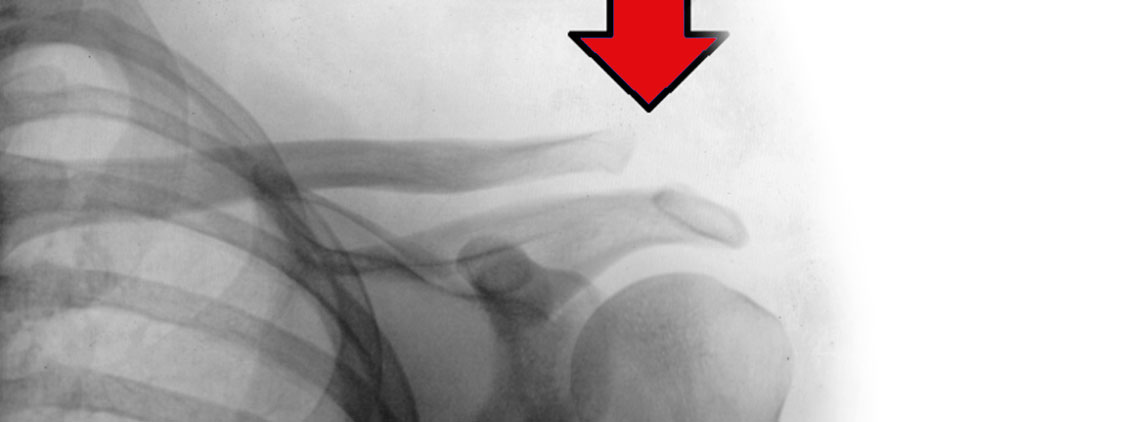
Shoulder Separation Surgery
Overview
You may be experiencing pain with limited movement in the shoulder area. You may notice swelling and bruising at the site of the injury or tenderness over the joint on top of the shoulder. There might also be a possible deformity at the outer end of the collarbone. It might look out of place or you might see a bump on the top of the shoulder. Orlando Hand Surgery Associates can help relieve your shoulder pain with shoulder separation surgery.
How to Prepare for Surgery
To prepare for surgery we may ask that you don’t eat or drink anything after midnight the night before surgery. We will also ask that you stop taking any blood thinners five days before your surgery. You should bring a large shirt with buttons on the front so you won’t have to pull a shirt over your head. You might also prepare your home so you won’t have to reach your hand over your head during your upcoming recovery.
Procedure
There are many ways to begin treating shoulder separation. Previously, we may have asked you to use a sling, use a cold pack, and take medication to assist with the pain. Some patients can return to full function despite a small bump on their shoulders. However, if the pain persists or if the deformity is severe, we might suggest trimming back the end of the collarbone. This surgery would prevent the collarbone (clavicle) from rubbing against the shoulder blade bone. If there is a significant deformity, we may need to reconstruct the ligaments which attach to the underside of the collarbone.
Recovery
We will place your arm in a sling to minimize mobility. You can expect to wear this sling for anywhere from one to eight weeks.
Efficacy
The collarbone is trimmed back to allow for pain-free movement.
Complications
There are several complications to this surgery which are infection, injury to the nerves and blood vessels, stiffness of the joint, and persistent pain.
Outlook
This surgery has a success rate of more than 90% in patients, according to Washington University Physicians.
Rehabilitation
To reduce the pain and inflammation in the shoulder put ice on your shoulder, rest, and take an anti-inflammatory painkiller like ibuprofen or aspirin. Slowly begin doing shoulder rehabilitation exercises after one to two weeks of immobility.

